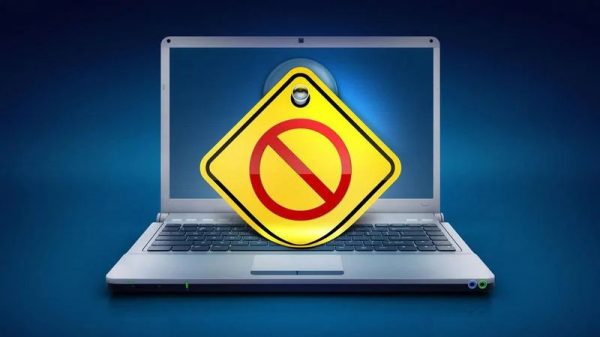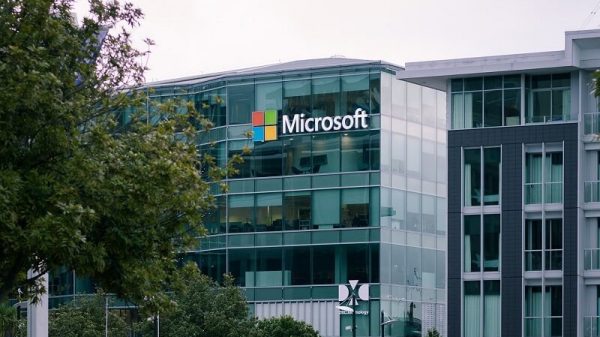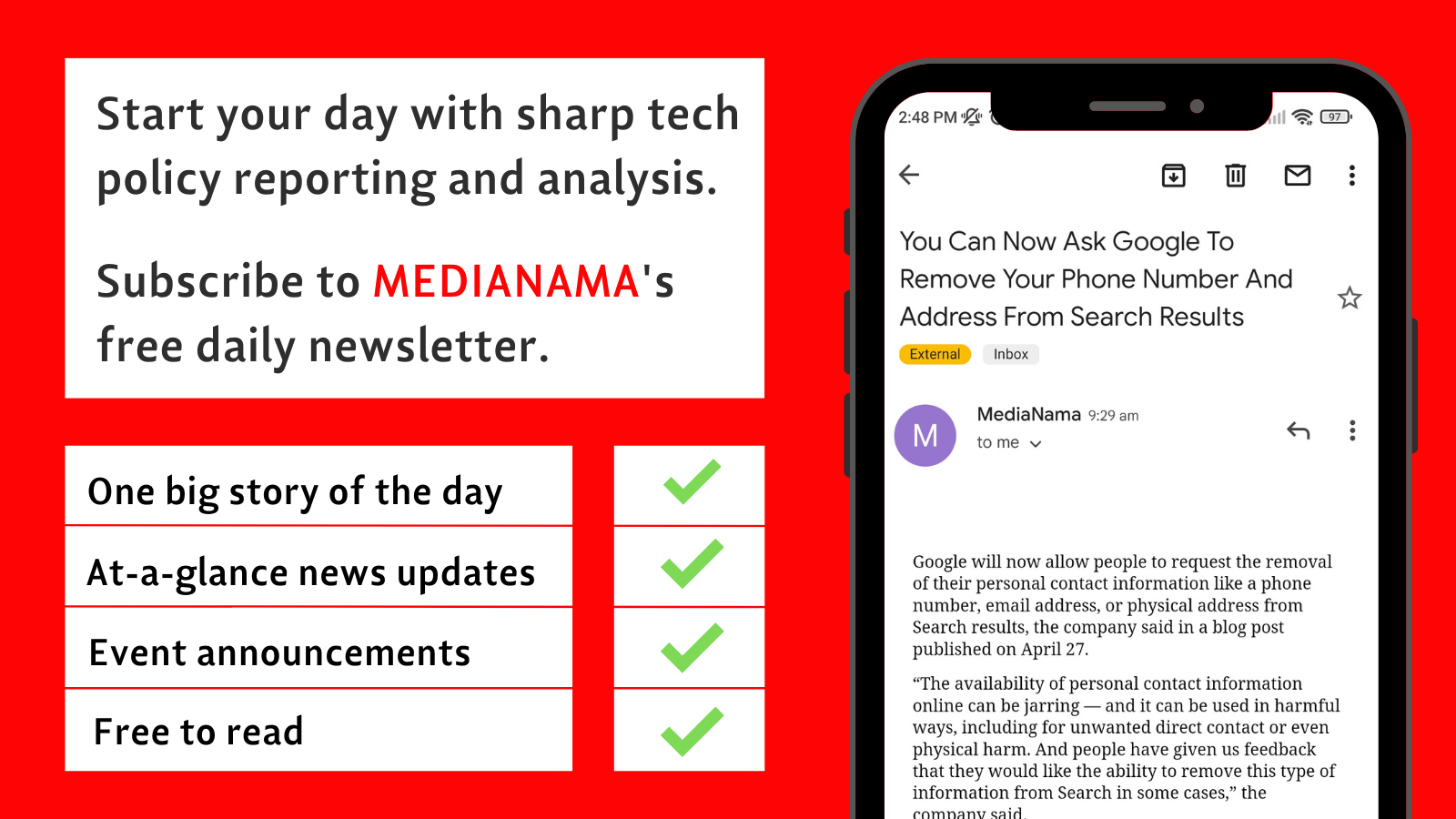“On (the) one hand, we want ease of business. We want start-ups to grow. We want innovative services to come up from India. Are we supporting people to entrepreneurship or are we creating a barrier if there is a licensing regime?” Amrita Choudhury, Director, CCAOI, said at an event organised by MediaNama on Internet Regulation, Convergence and TRAI on February 24, 2023.
Choudhury was speaking at the session which dealt with issues of convergence, 5G, permission, quality of services, and regulatory overlap as discussed in the consultation paper released by the Telecom Regulatory Authority of India (TRAI) on regulatory convergence for broadcasting and telecom services.
She added that there is no clarity on what entities are getting in return for a licence. “For example, I’m getting spectrum if I’m taking a telecom licence but if I’m an entrepreneur and I want to create a particular app or a service, what are you, as a government, giving me for a licence?”
Nikhil Pahwa, Founder and Editor, MediaNama, said that a permission-based/licensing structure reduces competition rather than increasing competition. He quipped that the discourse may be heading towards a situation where entities will need a licence for everything offered by a telecom operator.
“We need competition between technologies. We need competition between business models which is probably the best way of protecting consumers,” Mahesh Uppal explained. He was the other speaker at the session.
STAY ON TOP OF TECH POLICY: Our daily newsletter with top stories from MediaNama and around the world, delivered to your inbox before 9 AM. Click here to sign up today!
You can read the consultation paper here and our summary of the paper here. The comments have been edited for purposes of brevity and clarity.
Key takeaways from the discussion
Licensing as default: “It’s true that you need bespoke regulations that are not copied from other jurisdictions, etc. Why does that mean that our default starting point is licensing?” one of the attendees said. He argued that licensing as a principle involves the government providing the right over an asset owned by the state or to prevent harm. “It’s usually there because there’s a natural resource involved,” he said, suggesting that there should not be licensing in a converged framework because there is no natural resource here. He added that spectrum is already licensed so it makes no sense to licence products built on spectrum.
Addressing harm: “There is a need to address harms but where is the principal justification for license to prevent those harms?” an attendee stated. Abhishek Malhotra, Managing Partner, TMT Law Practice, said that there is a multiplicity of content available today. “You can’t (give) a generic answer to say whether it causes harm. I do not know the contours of that question. I believe it does not, in and of itself, cause harm,” he added.
- Why is broadcast licensed: One of the speakers said that there is still an element of ambiguity whether there is a real licensing regime for broadcasting. He clarified that there are uplinking and downlinking permissions which need to be obtained by entities.
Dealing with Section 6(a) of the IT Act, 2000: Pahwa said that the regulator is using this section to say that there needs to be a permission-based regime for everything online. “It cannot be a justification for saying everything on the internet needs to be licensed,” a speaker said. Another suggested that the section can be interpreted with the help of a chapter called e-governance. “It was about the government being able to appoint private parties to set up e-governance facilities. “…just because the section was badly drafted doesn’t mean that we can reinterpret it to mean whatever we want it to be 20 years later. There has to be some continuity that comes in the policy stance which underlines how this section has been interpreted and used so far,” he concluded.
- K M Chandrashekhar from KMS Partners suggested that the section gives the government an option of regulating whatever they want to regulate which doesn’t mean that “there is a proclivity to regulate”.
No need for licensing: Uppal said that licensing is just one kind of authorization. The state’s intention to authorise something does not mean that the state should insist on individual licences, as per Uppal. “Even when it insists on individual licences, it doesn’t mean that the individual licence must come with burdens,” Uppal said. He noted that permission for telecom operators comes with a huge regulatory burden which has become the excuse for the TRAI to say that the burden should be shared by everyone now. Uppal explained that the burden itself is a cause for concern, adding that there is no need for a licence.
What did TRAI say in the consultation paper?
The telecom regulator quoted the IT Act’s Section 6(a) which deals with the delivery of services by a service provider. It suggests that “as it appears from the plain reading of this provision in the Information Technology Act 2000, the service providers using electronic means to deliver services must have the permission of the appropriate Government in accordance with the policy governing such service sector.”
It adds that the policy and legal framework for delivering such services over the electronic means (Internet) remain ambiguous, saying that “there is an urgent need to review the existing policy/institutional framework in the country.”
This post is released under a CC-BY-SA 4.0 license. Please feel free to republish on your site, with attribution and a link. Adaptation and rewriting, though allowed, should be true to the original.
Also read:
- No clarity on aspects that a converged regulator will focus on: Expert on TRAI’s Convergence Paper #NAMA
- 10 issues raised by TRAI in its convergence consultation & what’s wrong with them
- Does India’s telecom regulator have the jurisdiction to be a unified regulator? #NAMA
- Why is India’s I&B ministry not convinced with its telecom regulator’s proposal for regulating converged technologies?






























